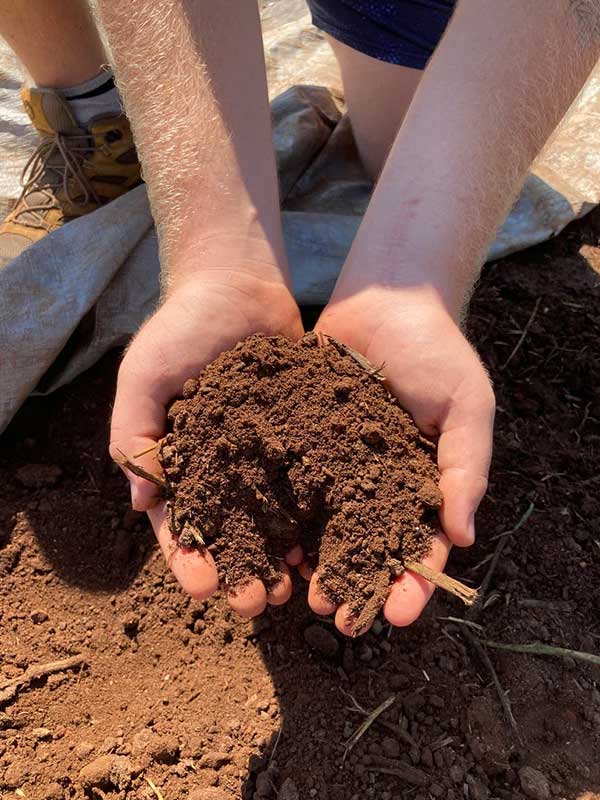Kenny Wallace says he “is a corn guy,” referring to the grain used to make ethanol, a fuel the NASCAR Nationwide Series driver is passionate about these days.
“We are here because decades ago Presidents Ford and Carter said they needed the American people’s help to figure out ways to decrease our country’s dependency on oil and energy from other countries,” Wallace said as he kicked off the sixth annual Southeast Bioenergy Conference Aug. 9 at the University of Georgia Tifton, Ga., campus.
NASCAR announced earlier this year it will race with E15 fuel in its three national touring series in 2011. It’s using Sunoco Green E15, a 15 percent ethanol blend that’s made in the U.S. from corn grown by American farmers.
Wallace drives the No. 09 American Ethanol Toyota Camry.
“There’s folk out there who say we can’t use corn to make ethanol because it takes food away from folks,” he said. “We have plenty of corn to use for ethanol and for food … and as a representative of American farmers, I can tell you this ‘food versus fuel’ myth is just a lie.” The U.S. is the world’s leader in ethanol, producing 13 billion gallons last year. Brazil is second -- annually producing 7 billion gallons of ethanol made from sugarcane -- and is the world’s largest exporter of ethanol. For the past three decades, Brazil has become energy independent, based largely on its thriving ethanol industry. Leticia Phillips represents UNICA, Brazil’s largest sugarcane industry association. At the conference in Tifton, she said it is a myth that Brazil is destroying the rainforest to produce sugarcane for fuel. Sugarcane, during the course of its growing season, requires periods of dry weather, not constant moisture, which is what happens in rainforests.
China wants to grow to where the U.S. and Brazil are in alternative energy production, said Shi-Zong Li, deputy director at the Institute of New Energy Technology, Tsinghua University. The country, which already depends on foreign oil for about half of its energy supplies, faces ever-increasing energy demands.
Georgia Commissioner of Agriculture Gary Black, speaking during lunch, said his department is the frontline regulator of gasoline and ethanol in the state. There is a 2.8 percent failure rate with ethanol content in Georgia because products are not hitting the ethanol content that they claim to contain.
Asked if this was a good or bad rate, Black said the department didn’t know. This is the first time they’re measuring ethanol content. They now, however, have a good benchmark to measure from.
“If we want to continue to grow alternative energy in the state, we must make sure consumers are confident with the products we have now,” Black said.
Other topics at the three-day conference included understanding global markets, emerging energy crops for the Southeast, producing ethanol efficiently and creating bioenergy coalitions. It also included a public forum that brought public and private industry leaders together to discuss the future of energy in Tifton and southwest Georgia.
“What we want to do is bring the experts from across the world to Tifton so folks in the Southeast can really get a feel for what’s going on and keep abreast of the opportunities in bioenergy and alternative energy around the world and locally,” said Craig Kvien, a UGA College of Agricultural and Environmental Sciences professor and one of the conference’s organizers.
.jpg)





